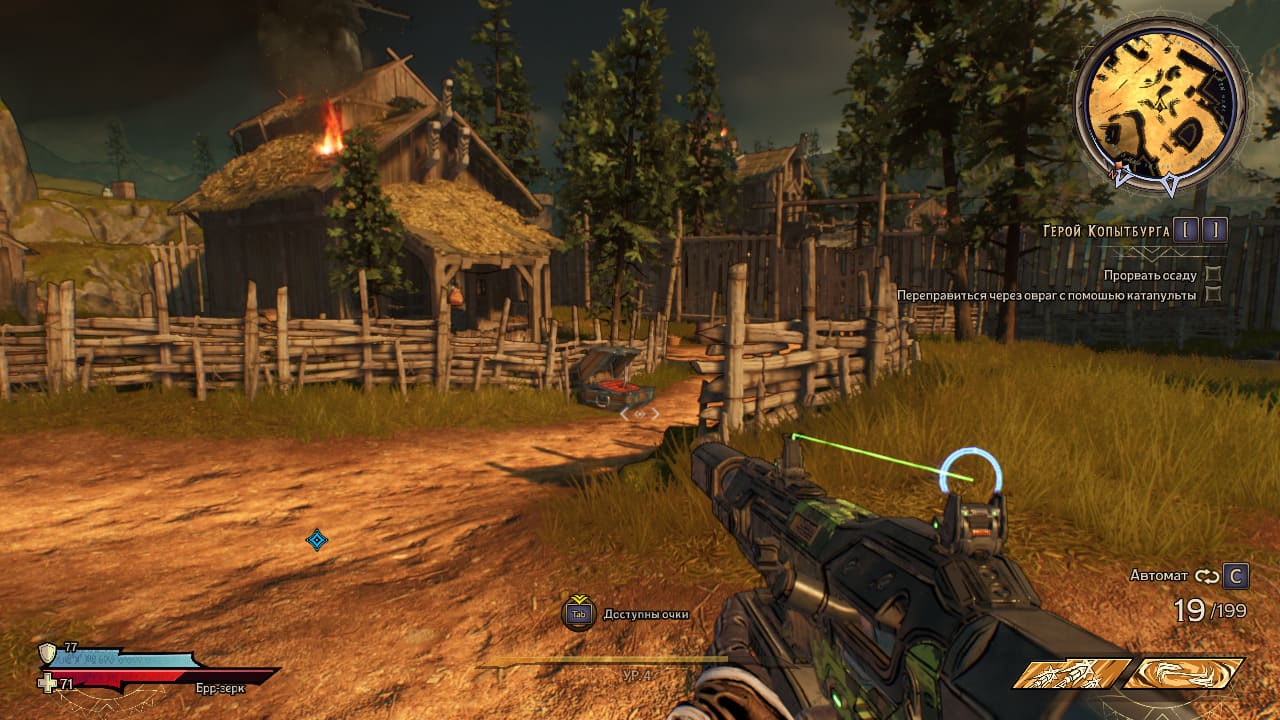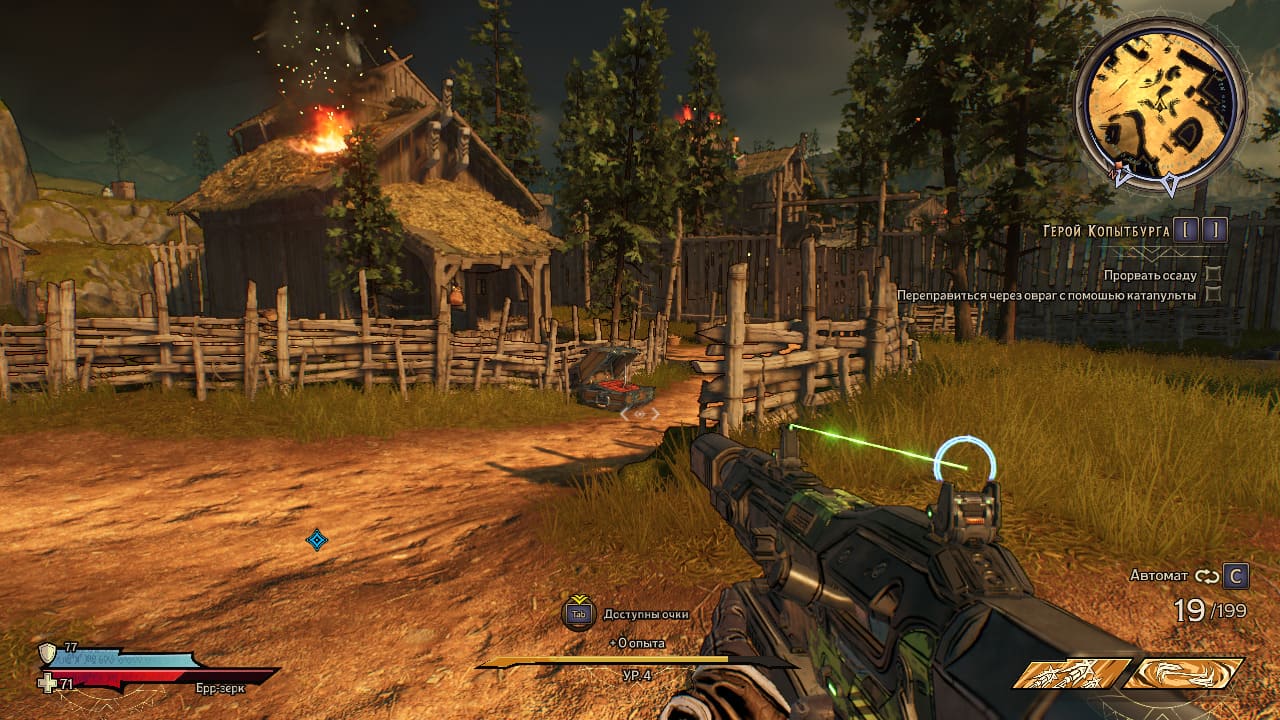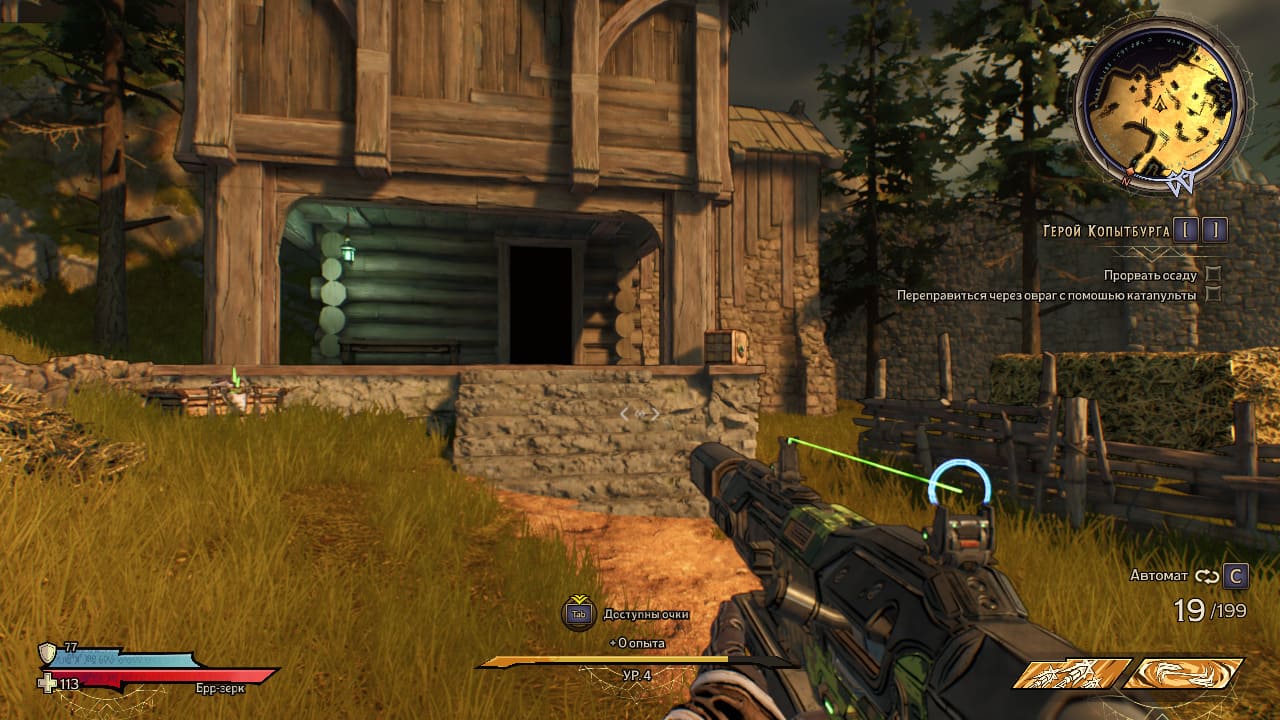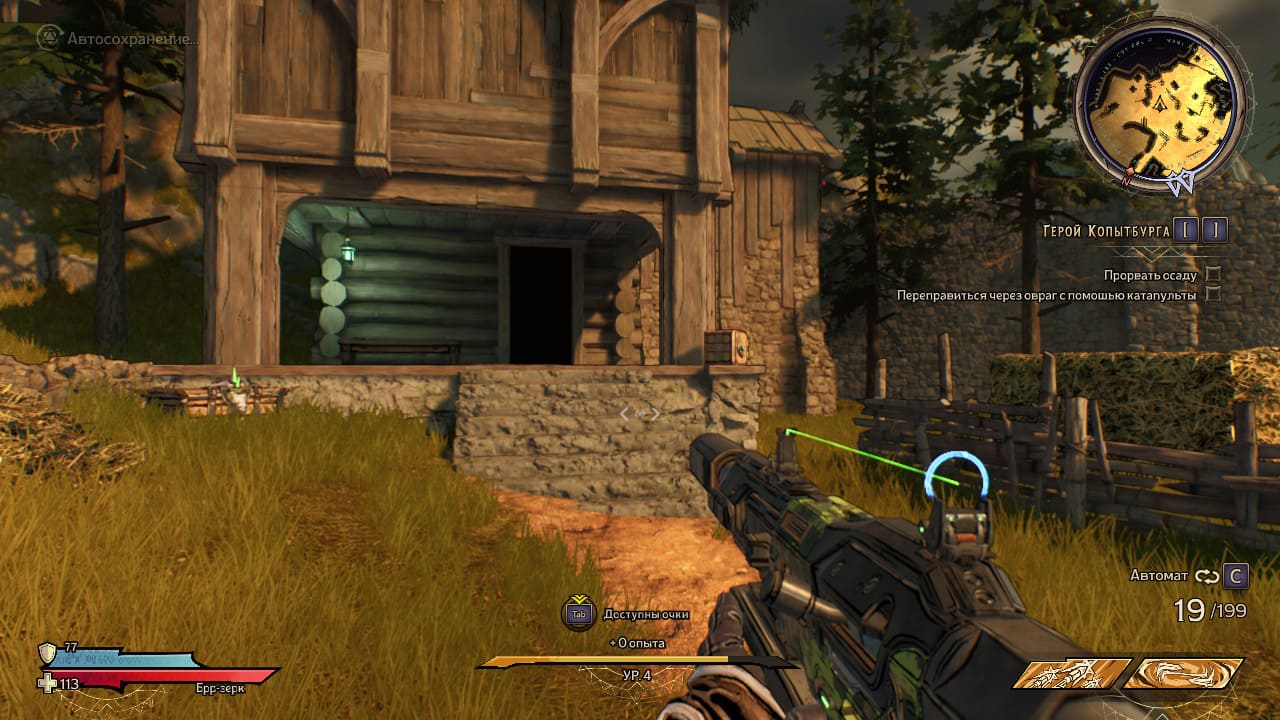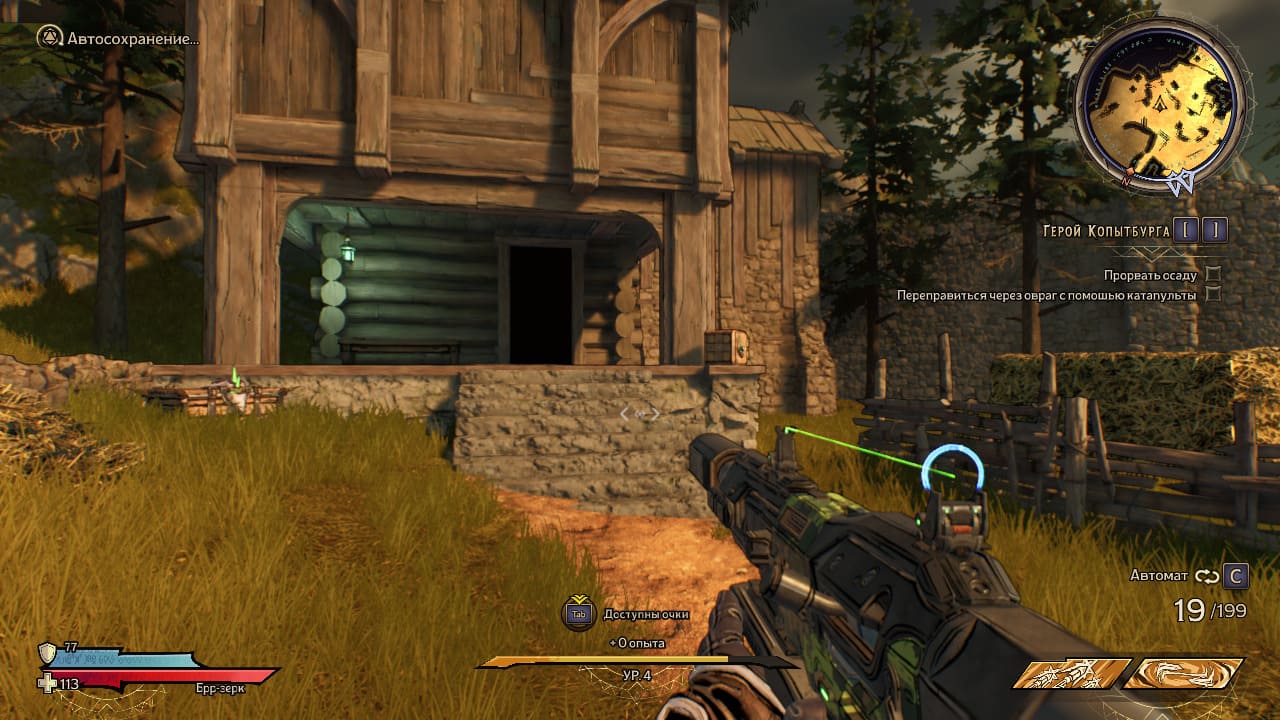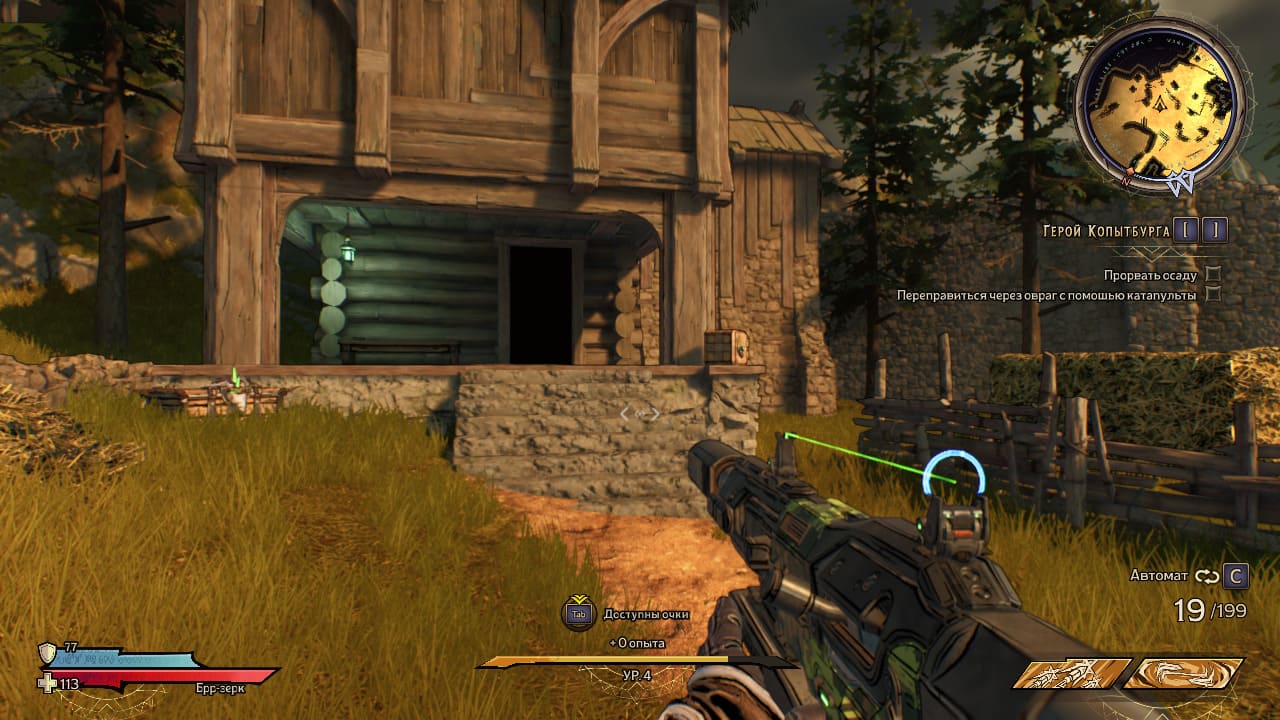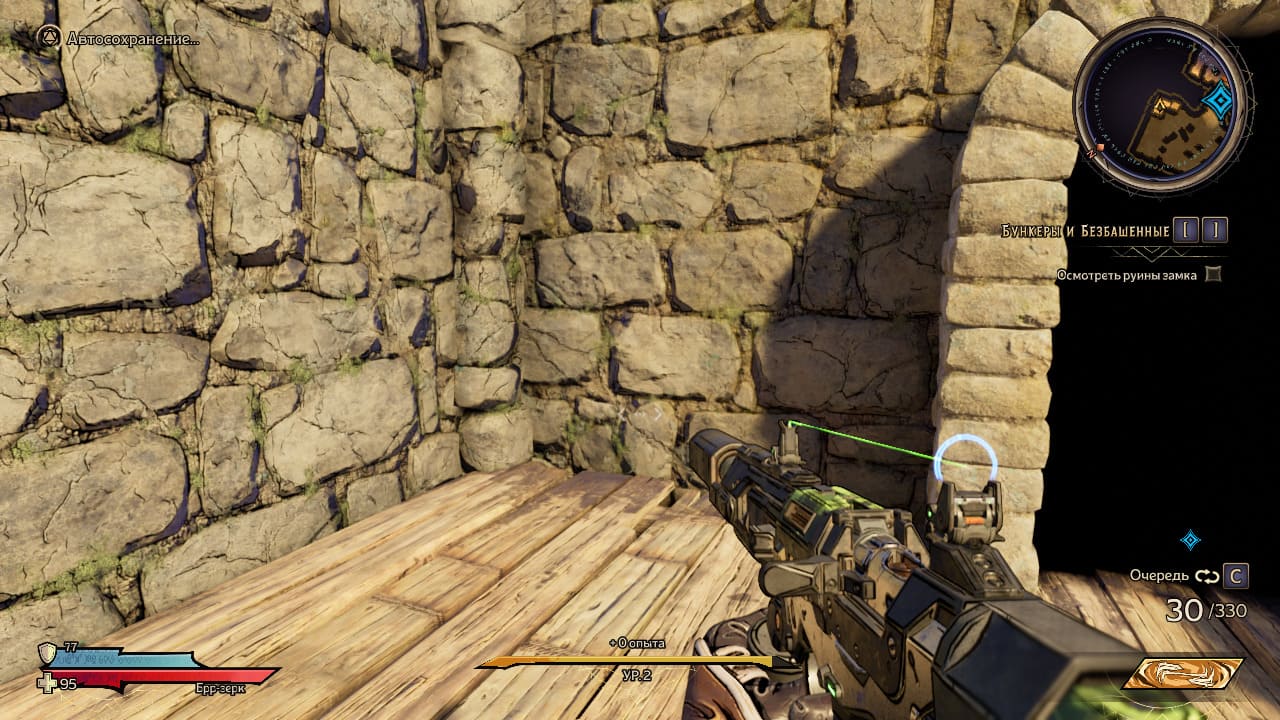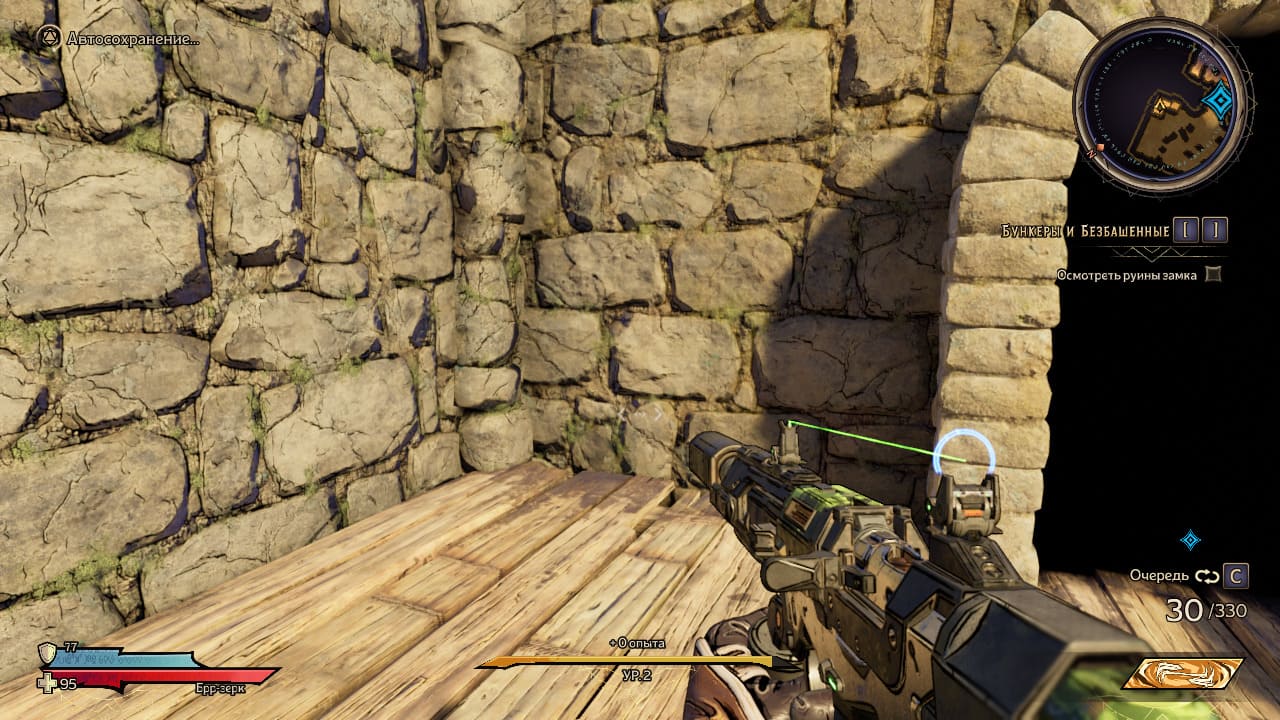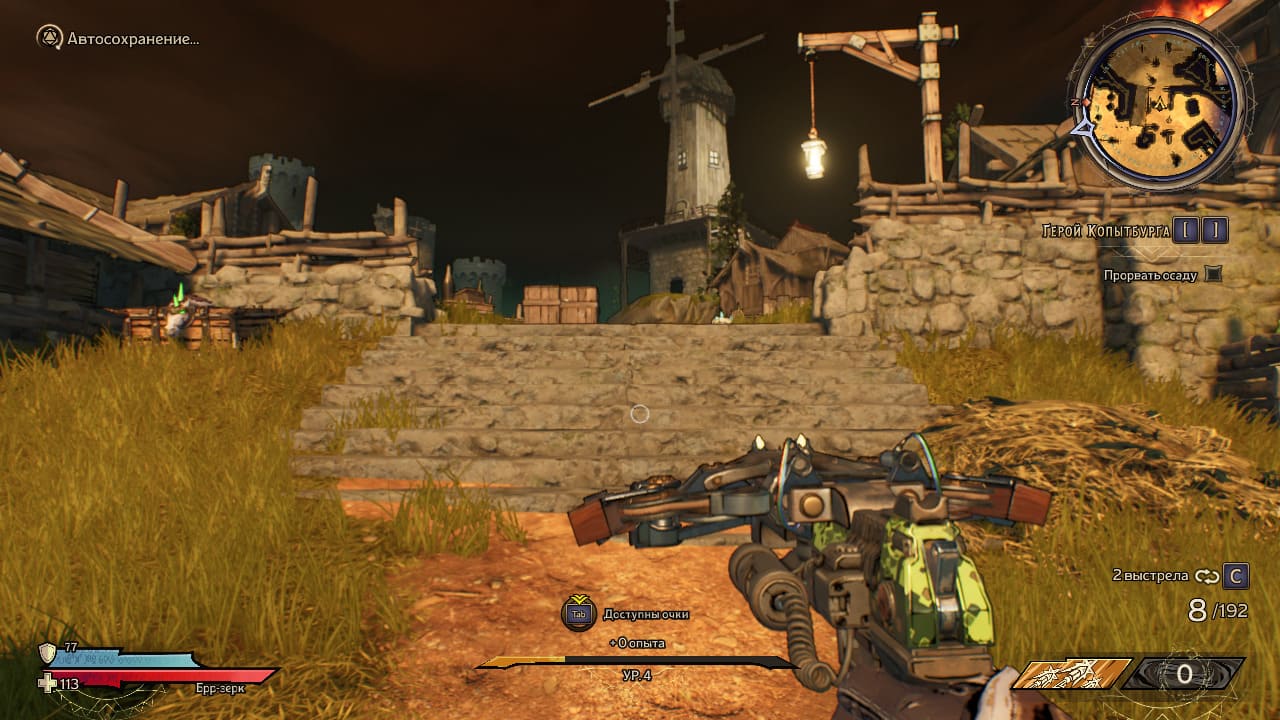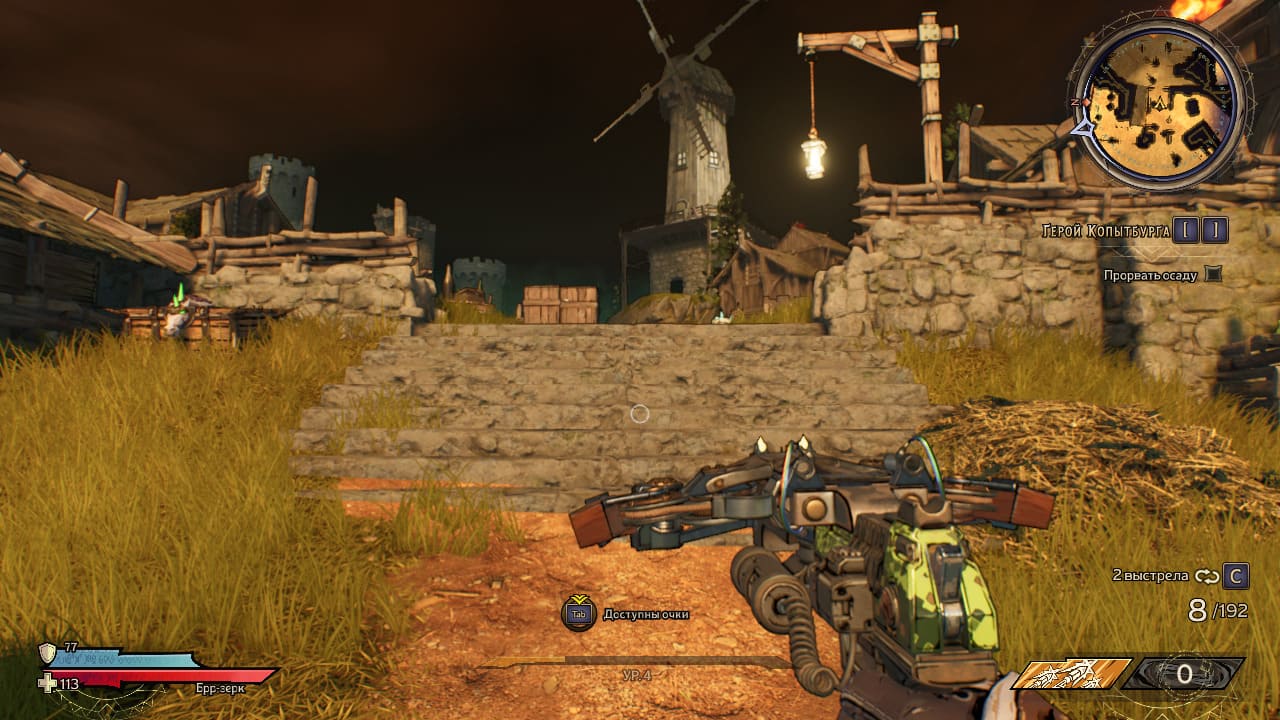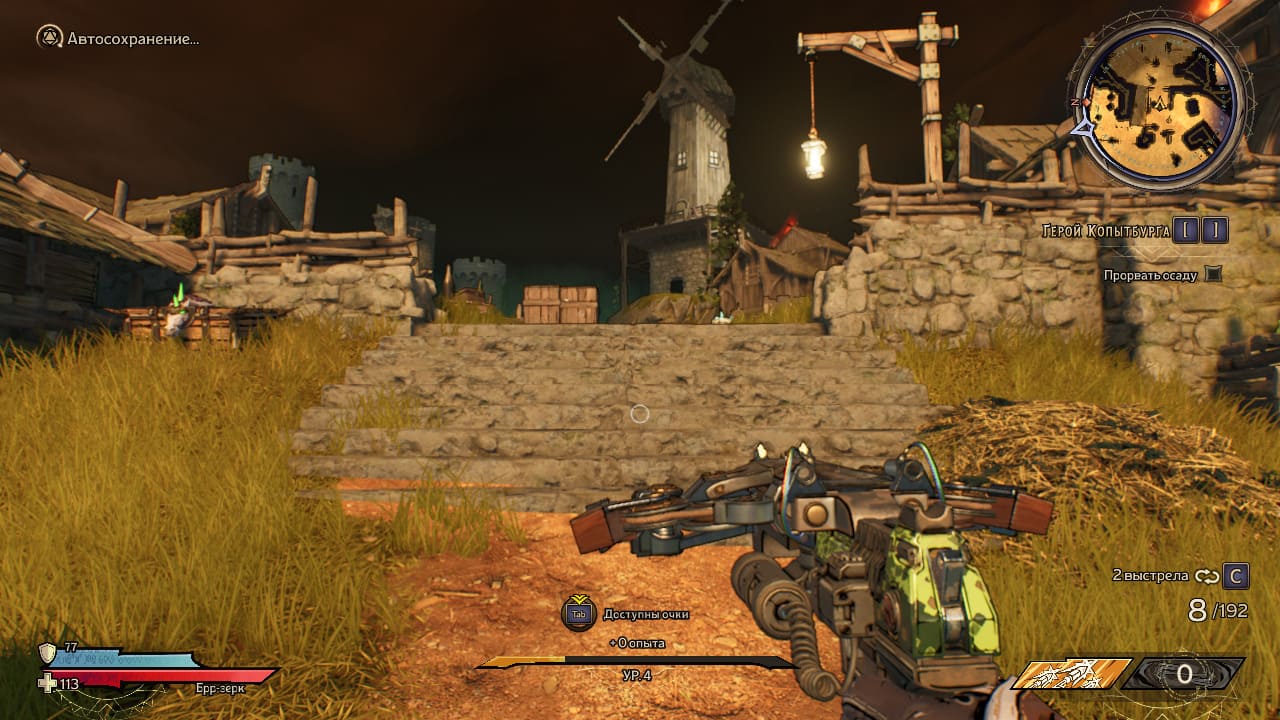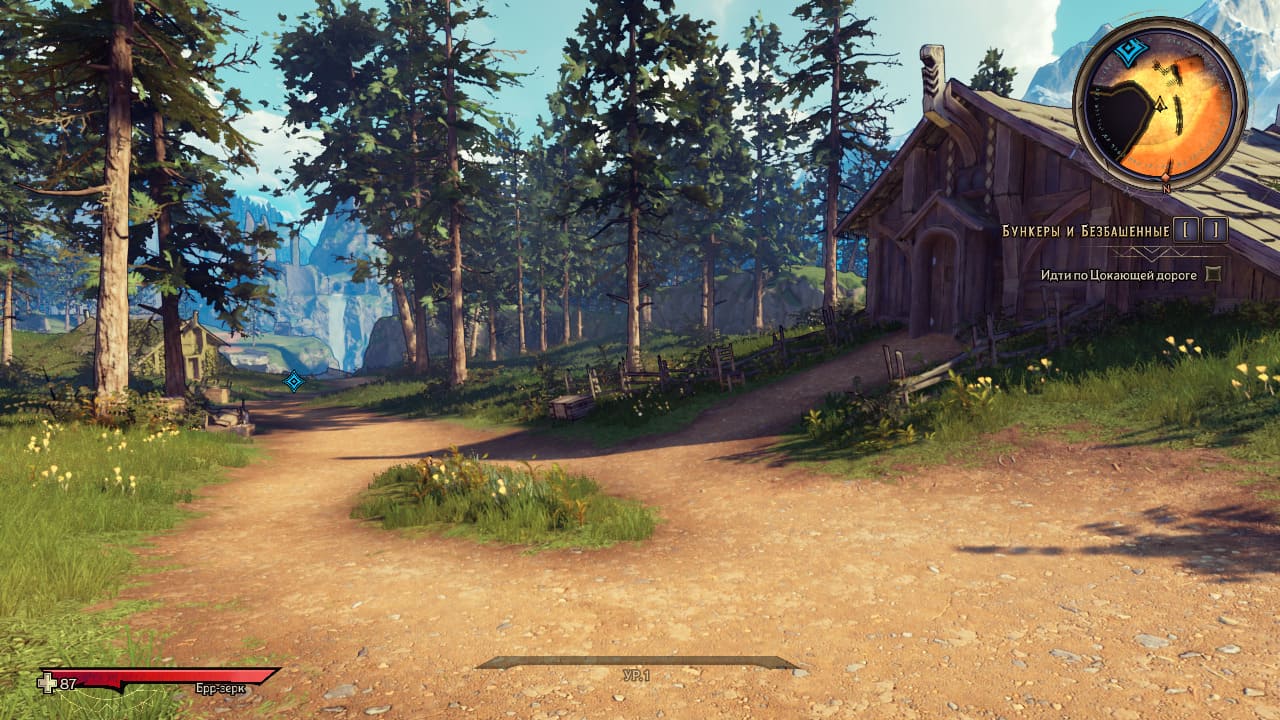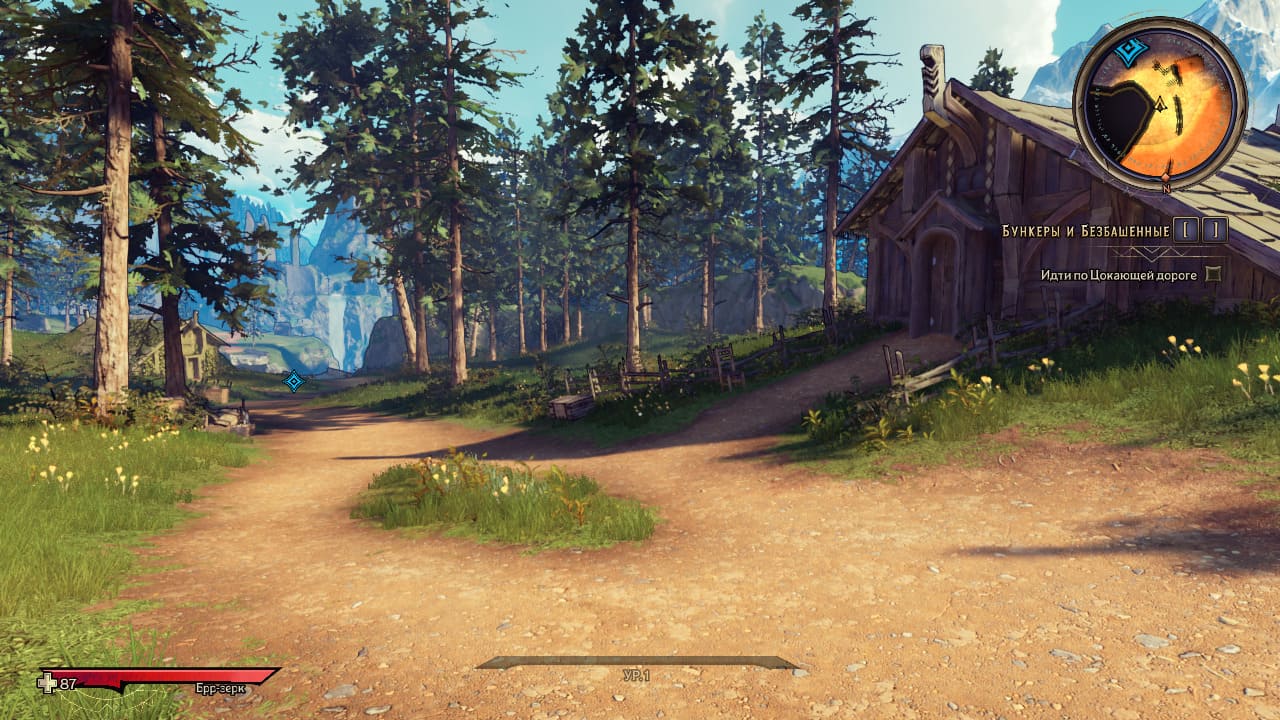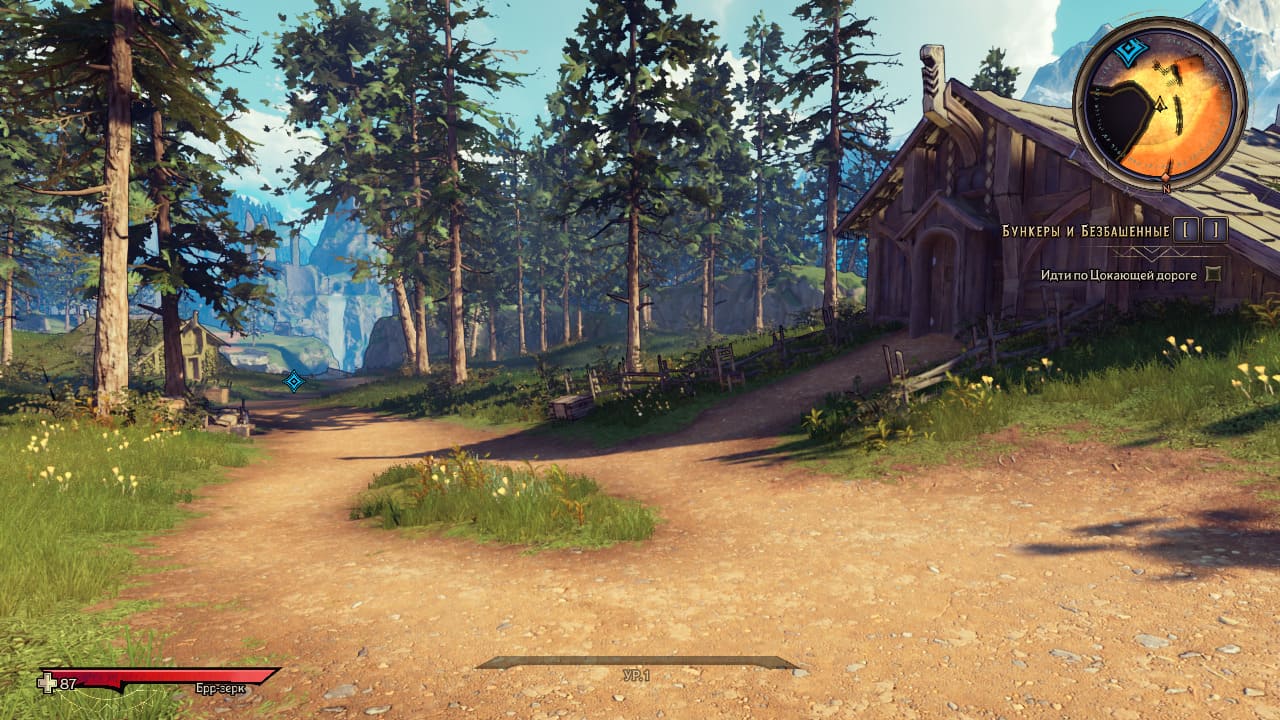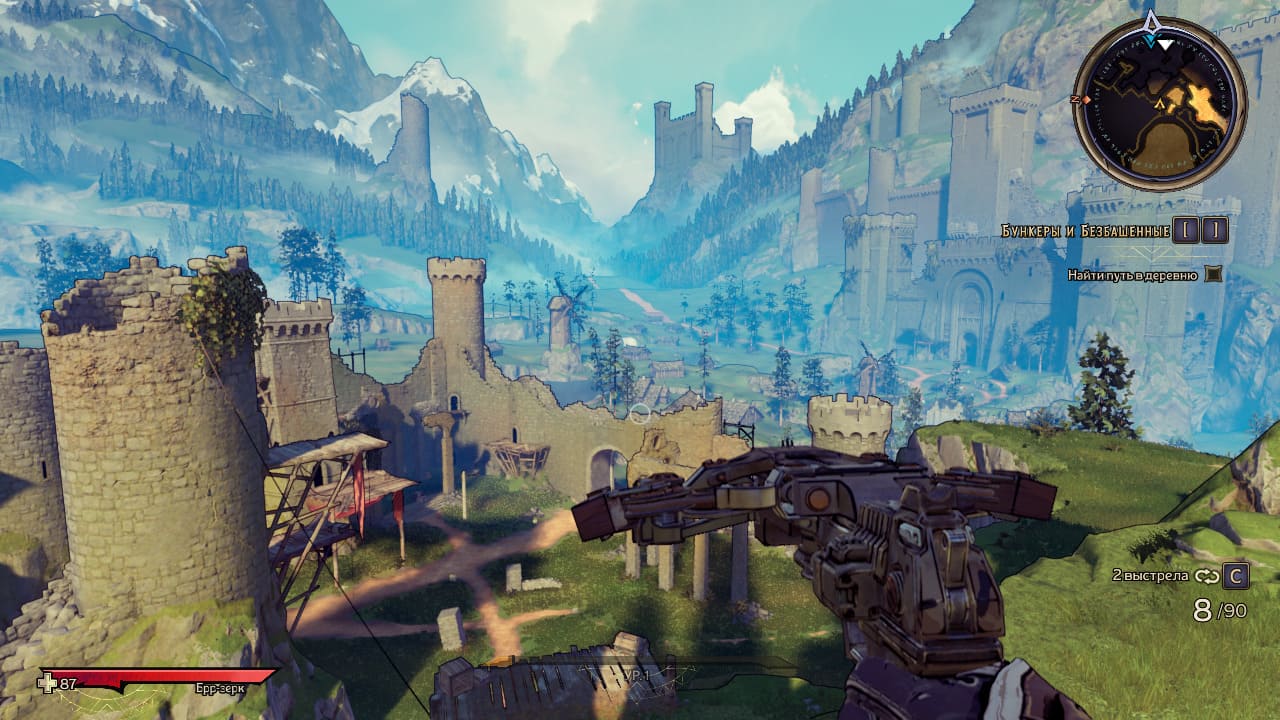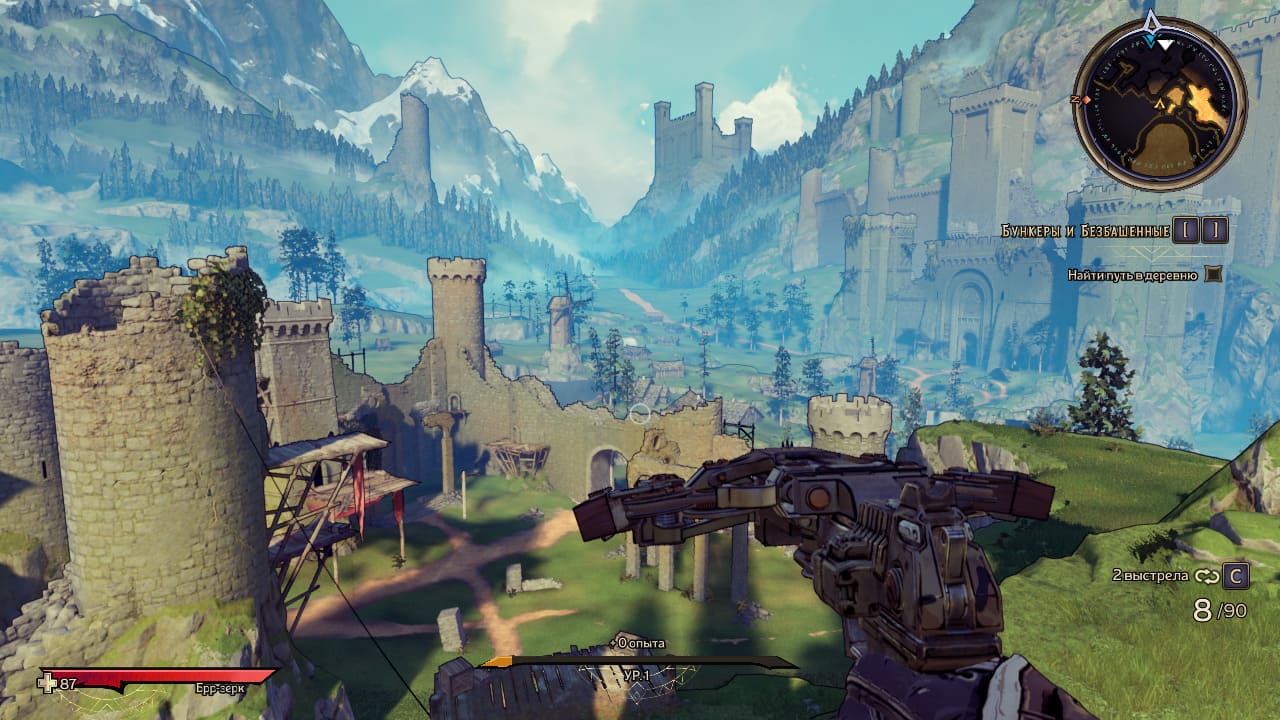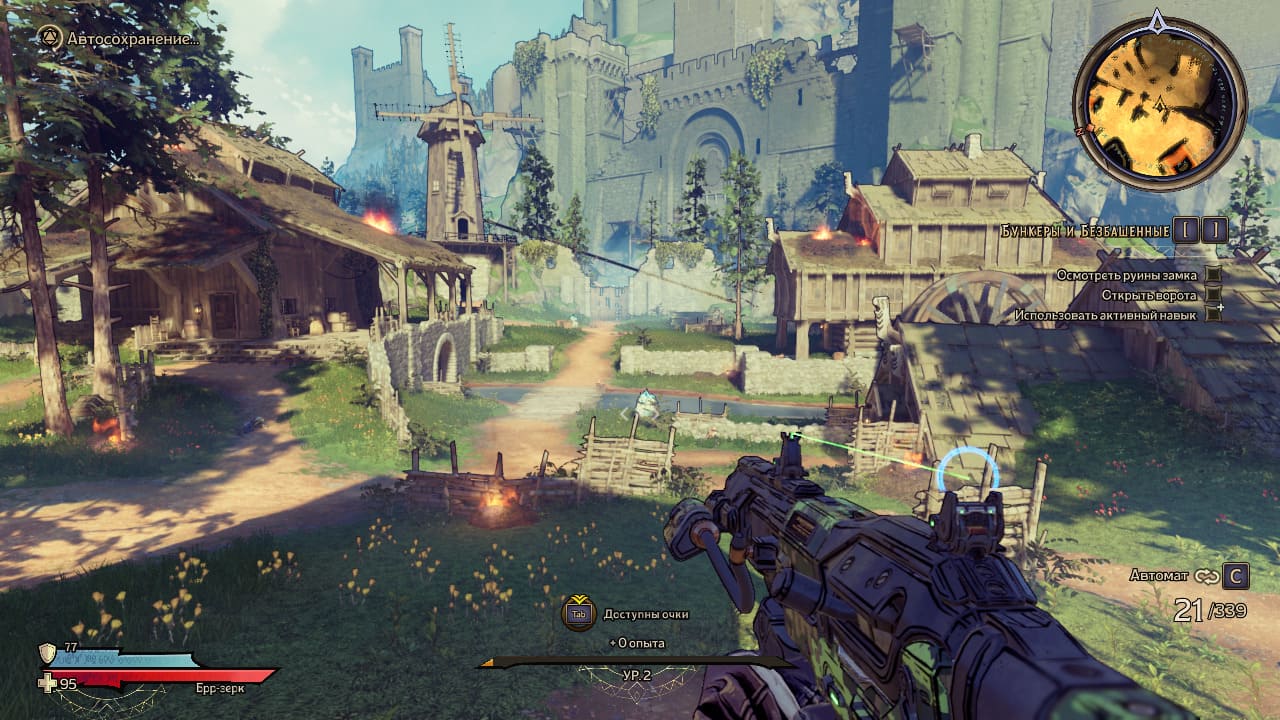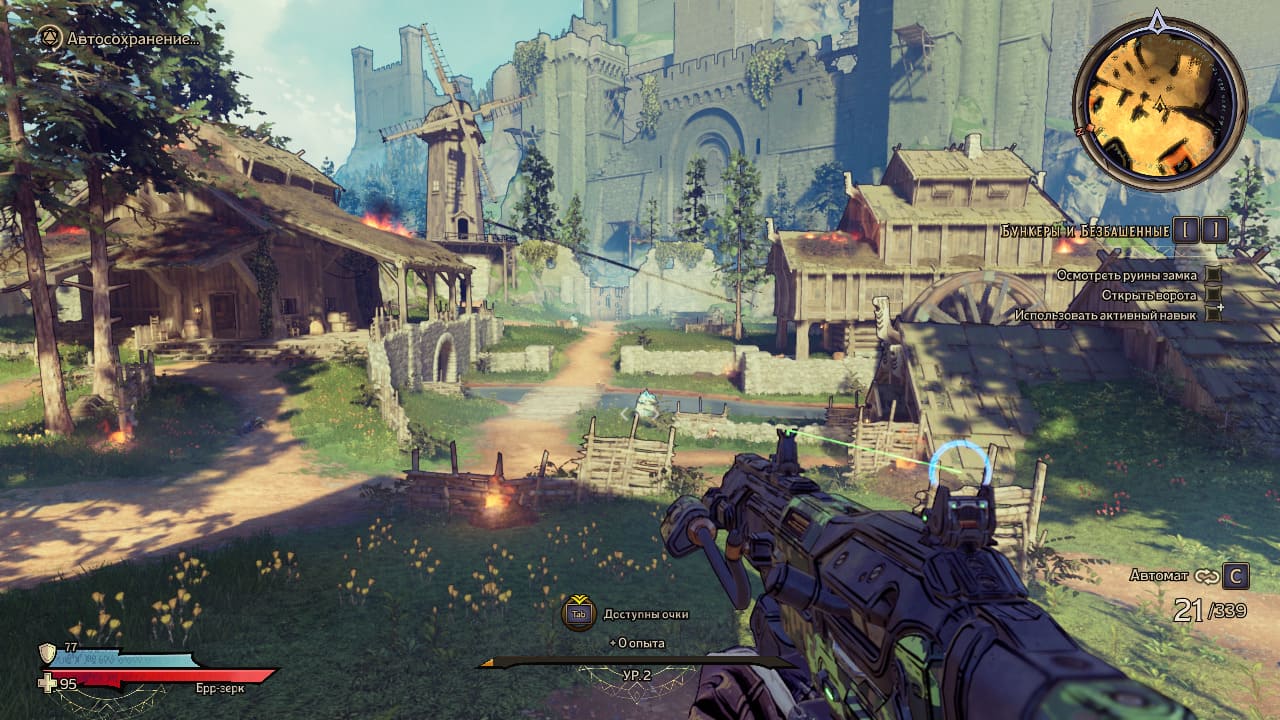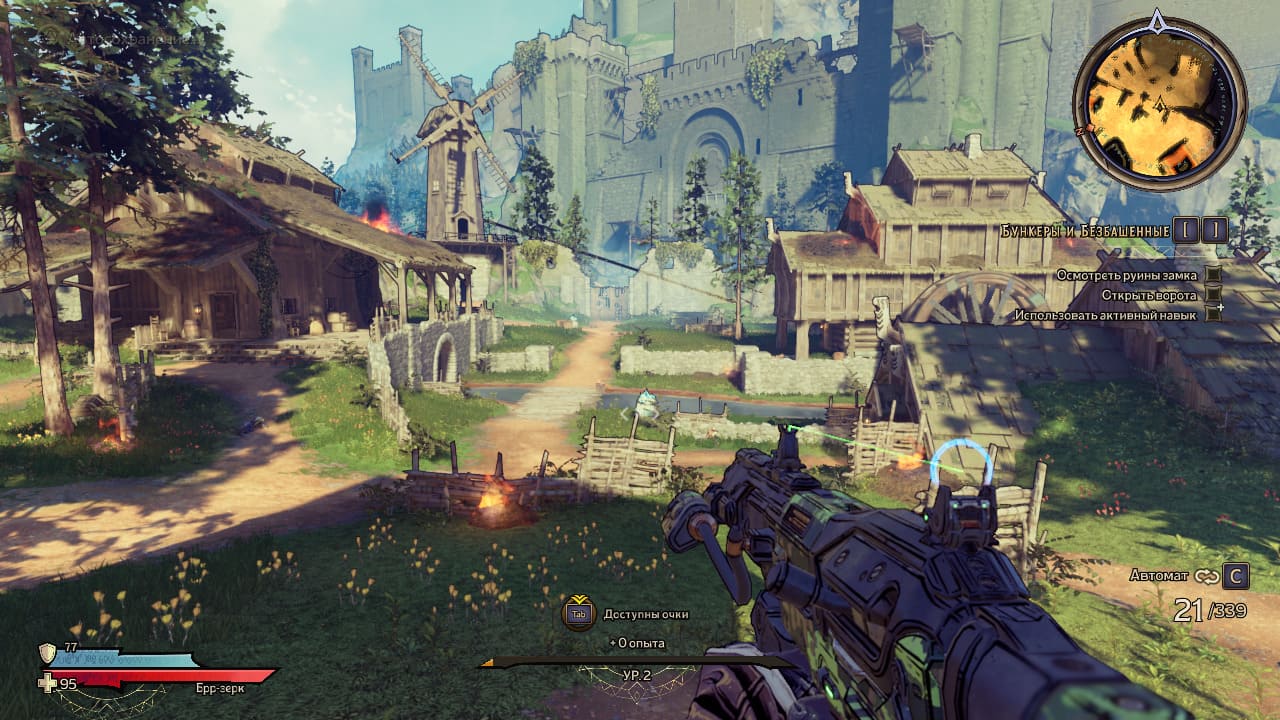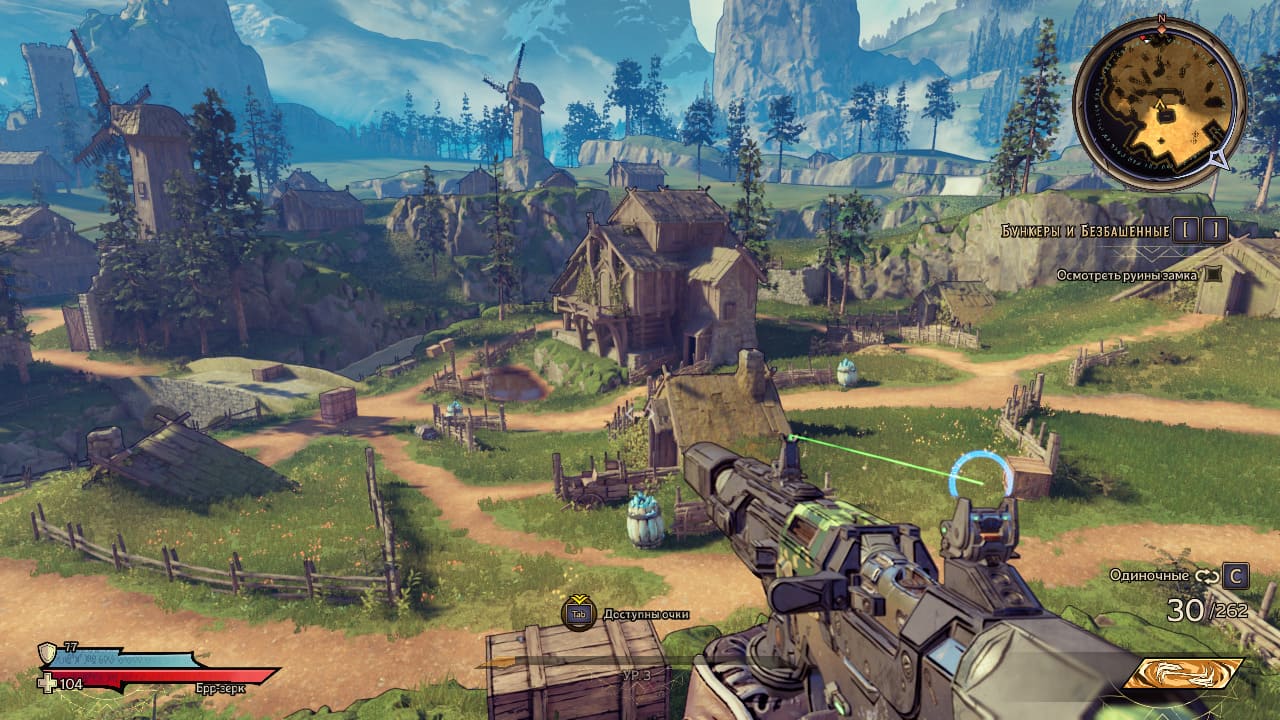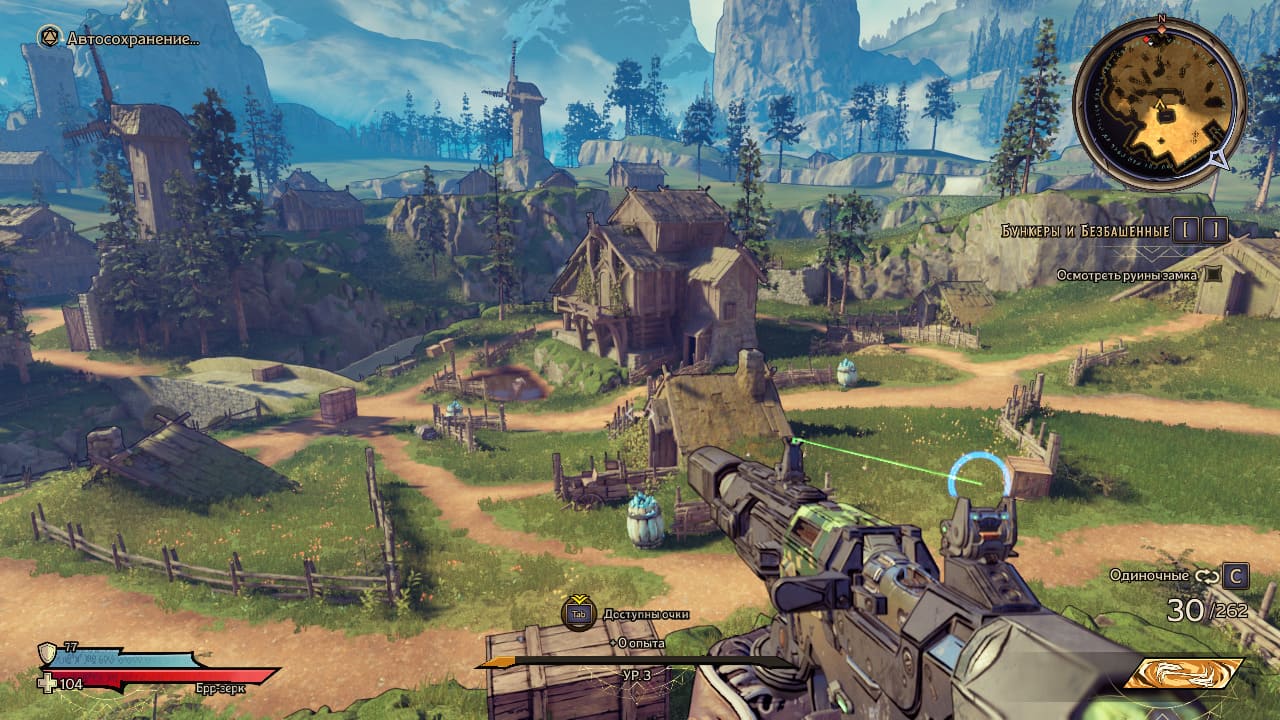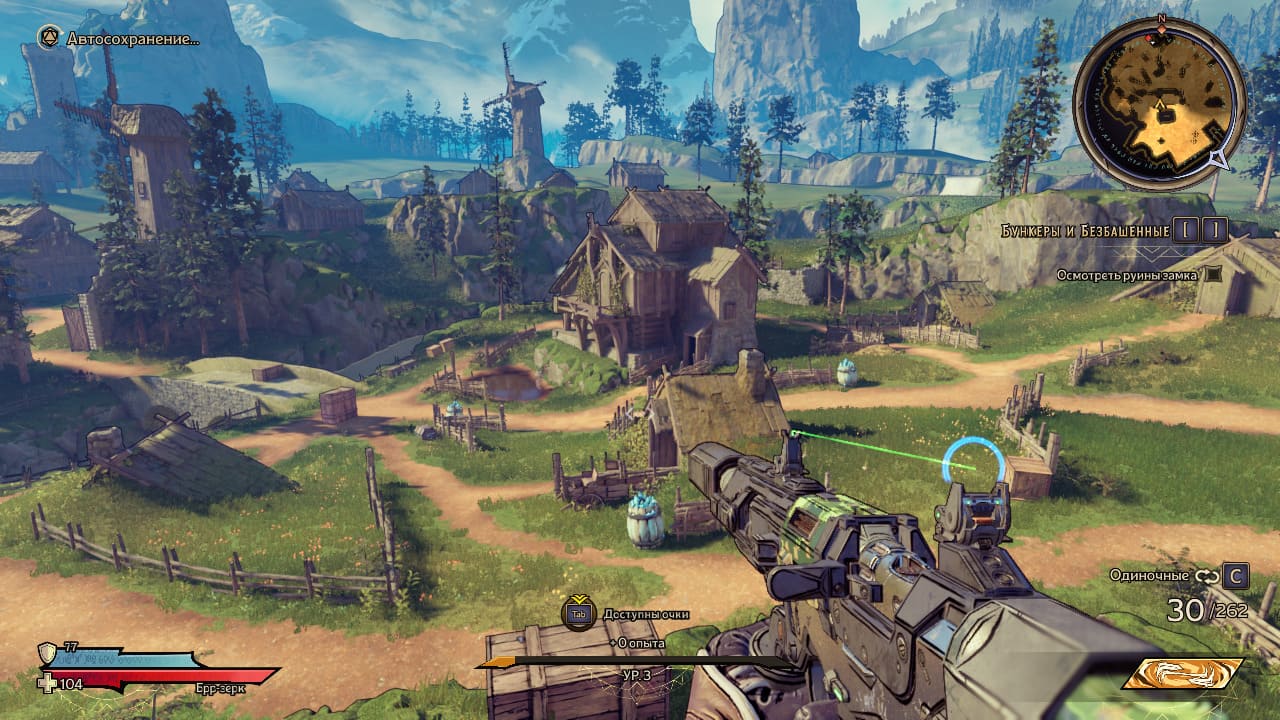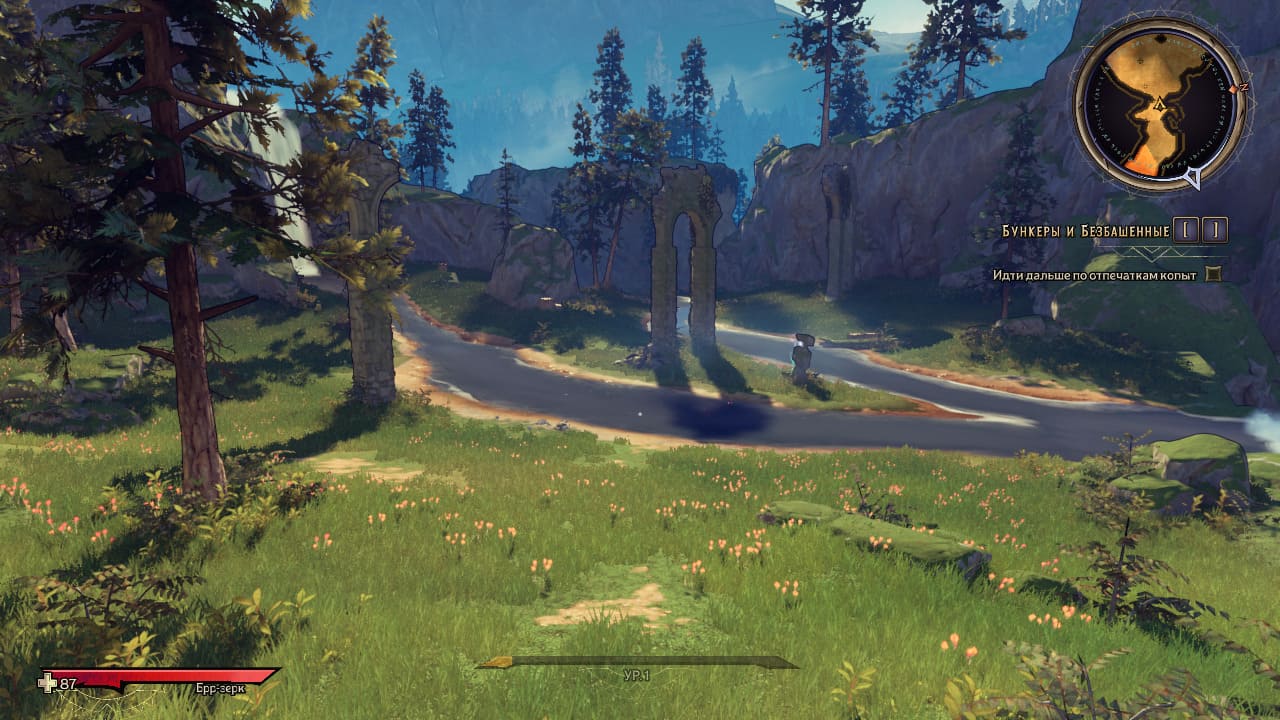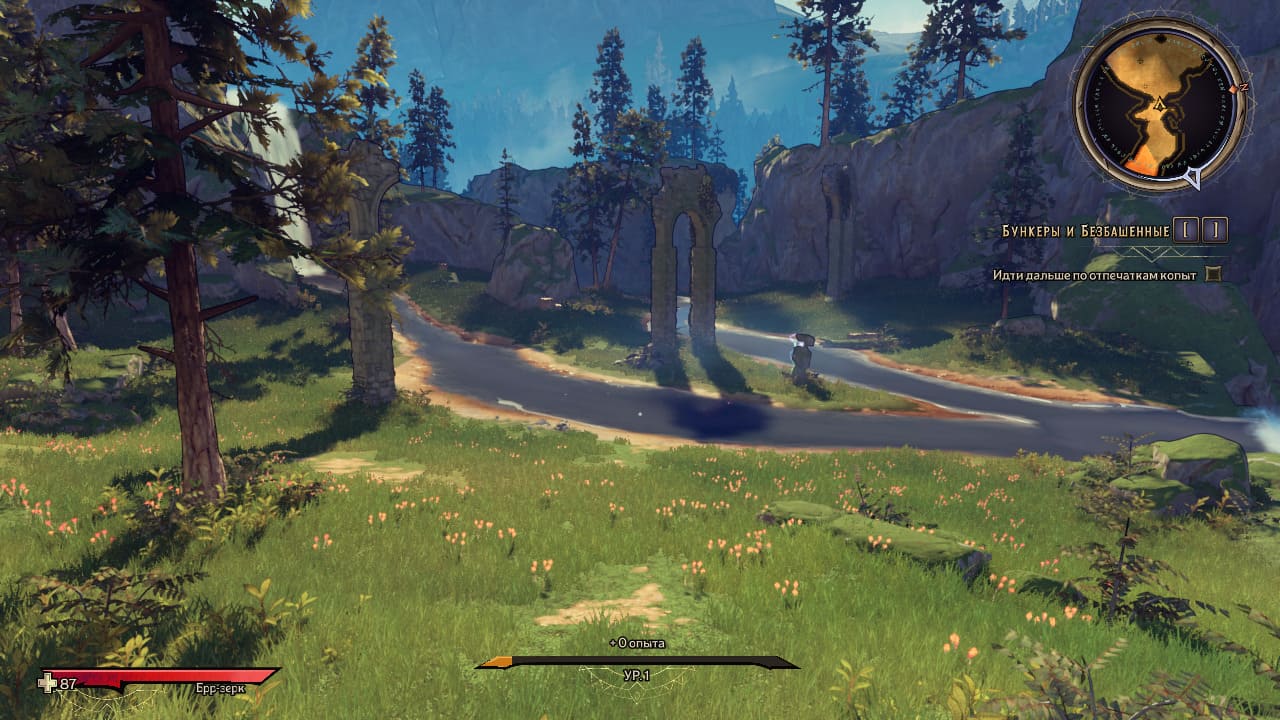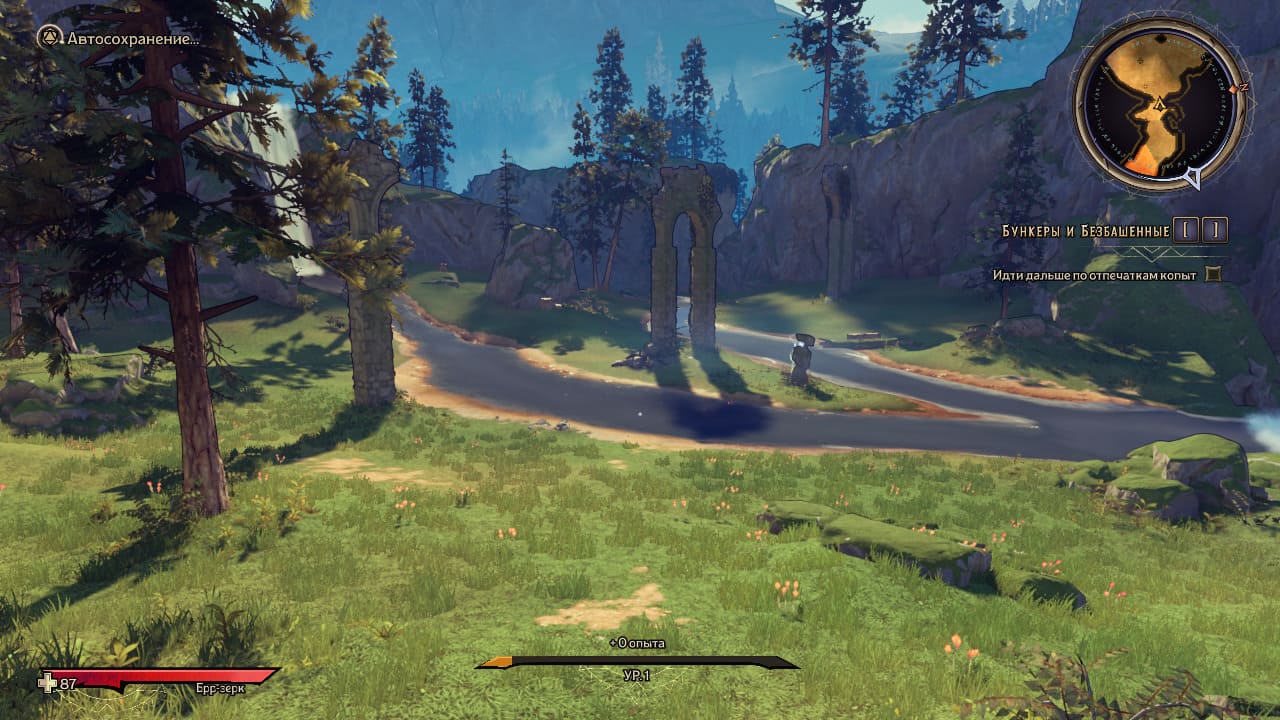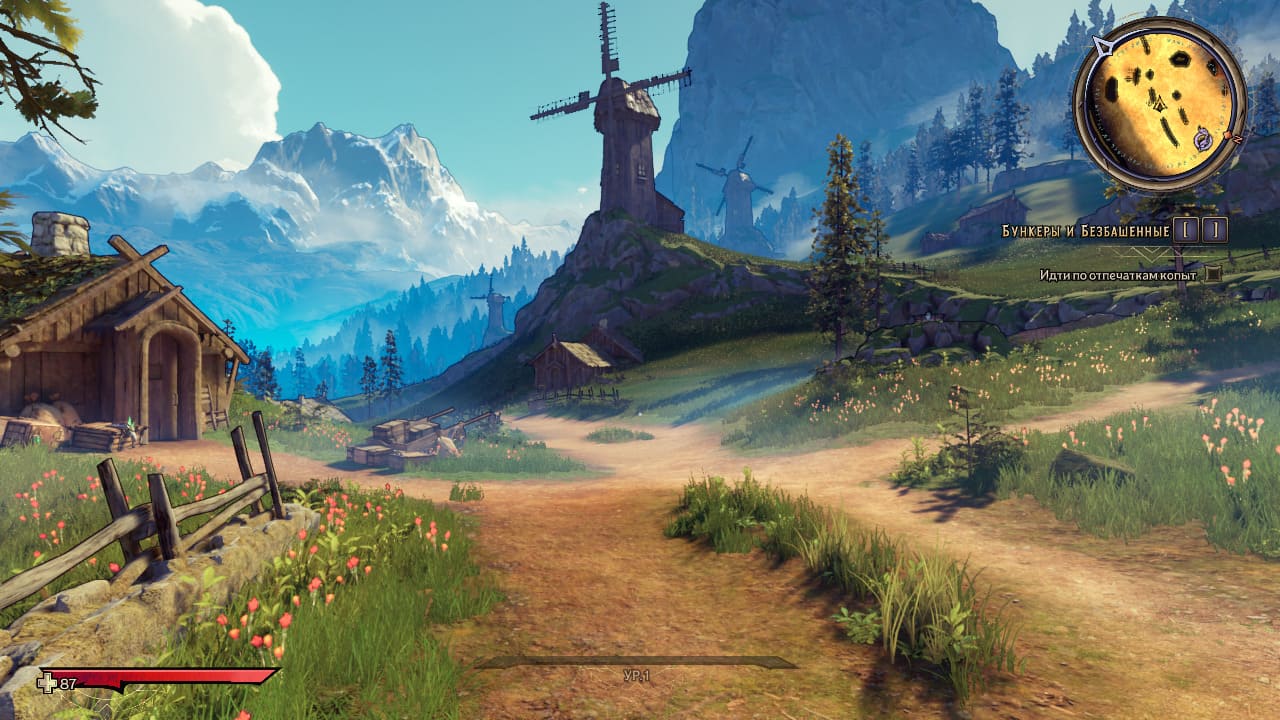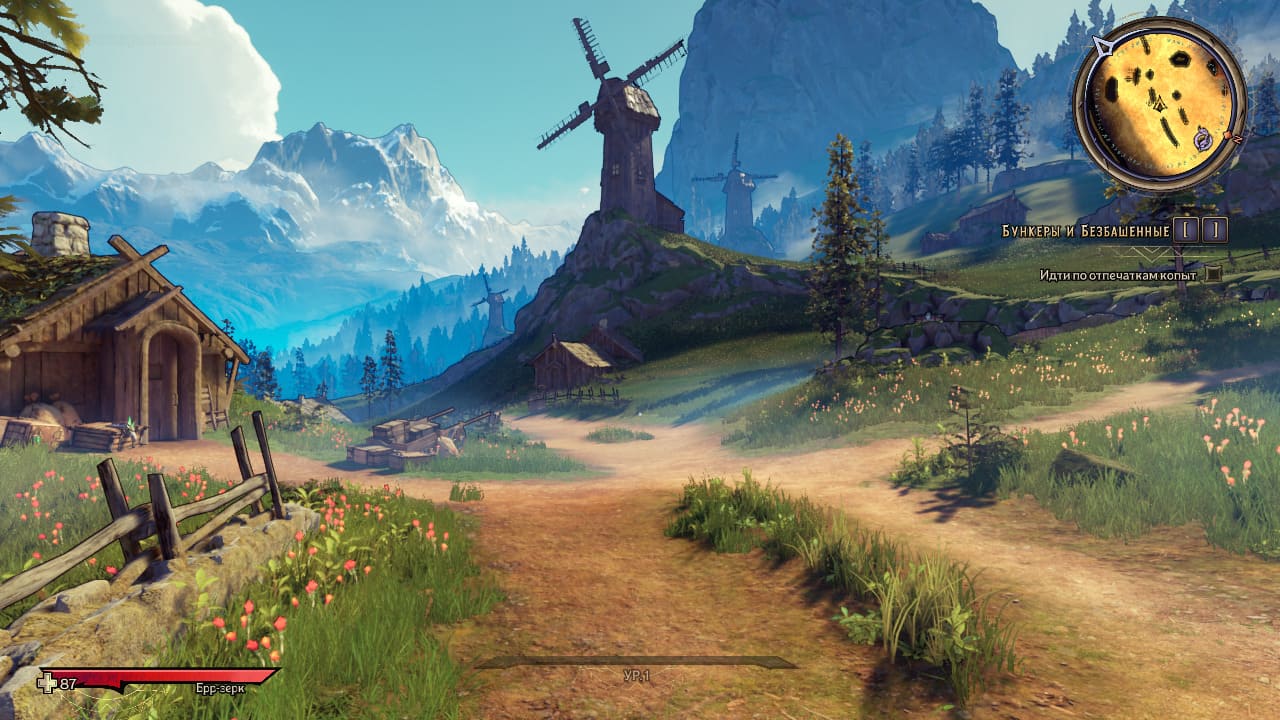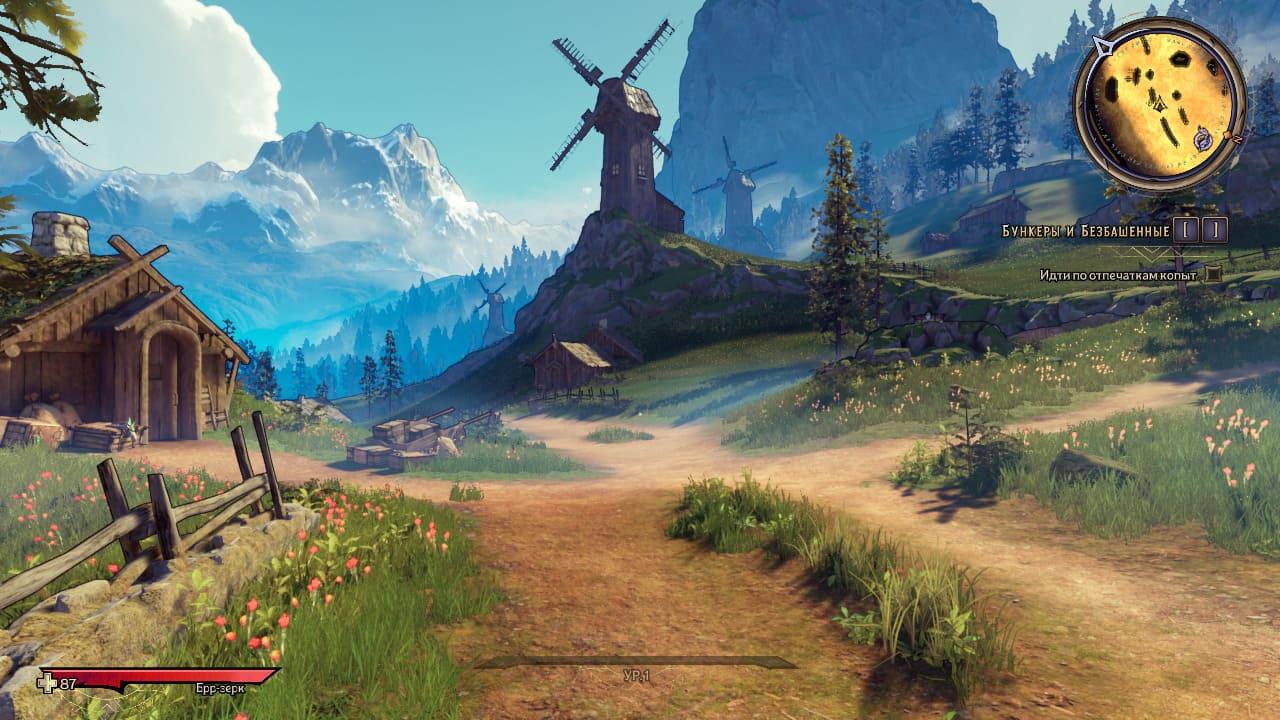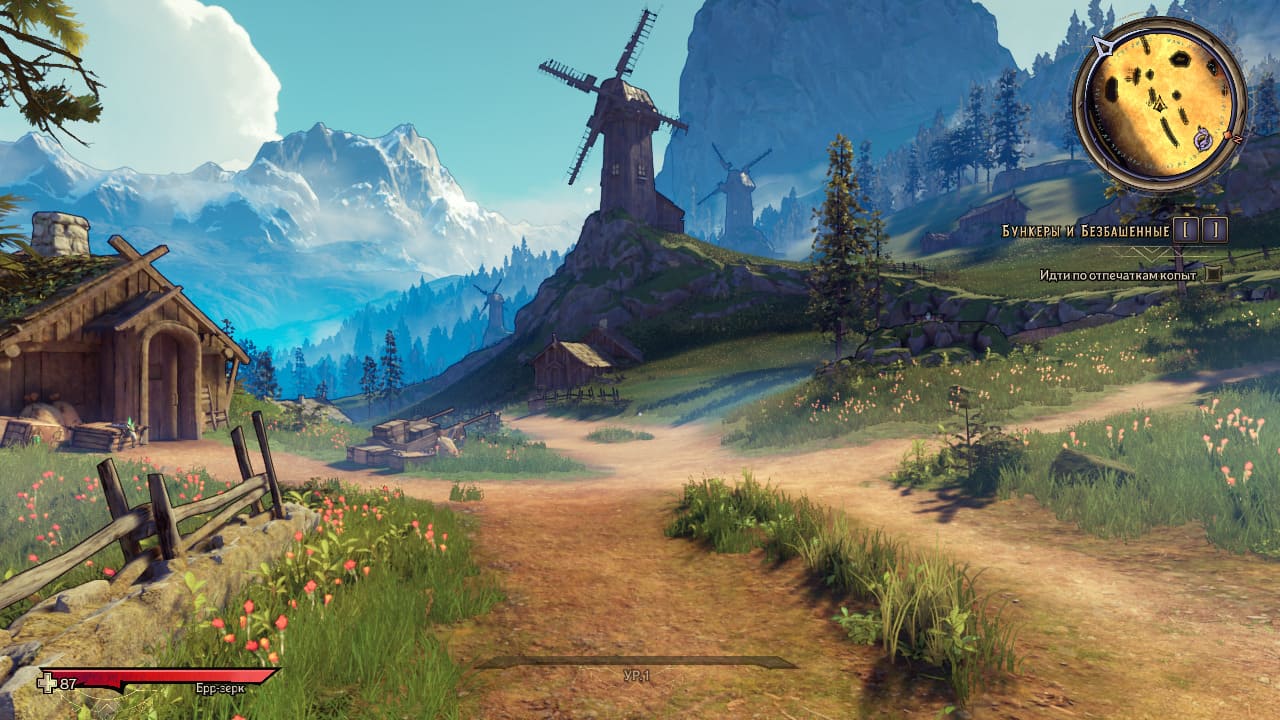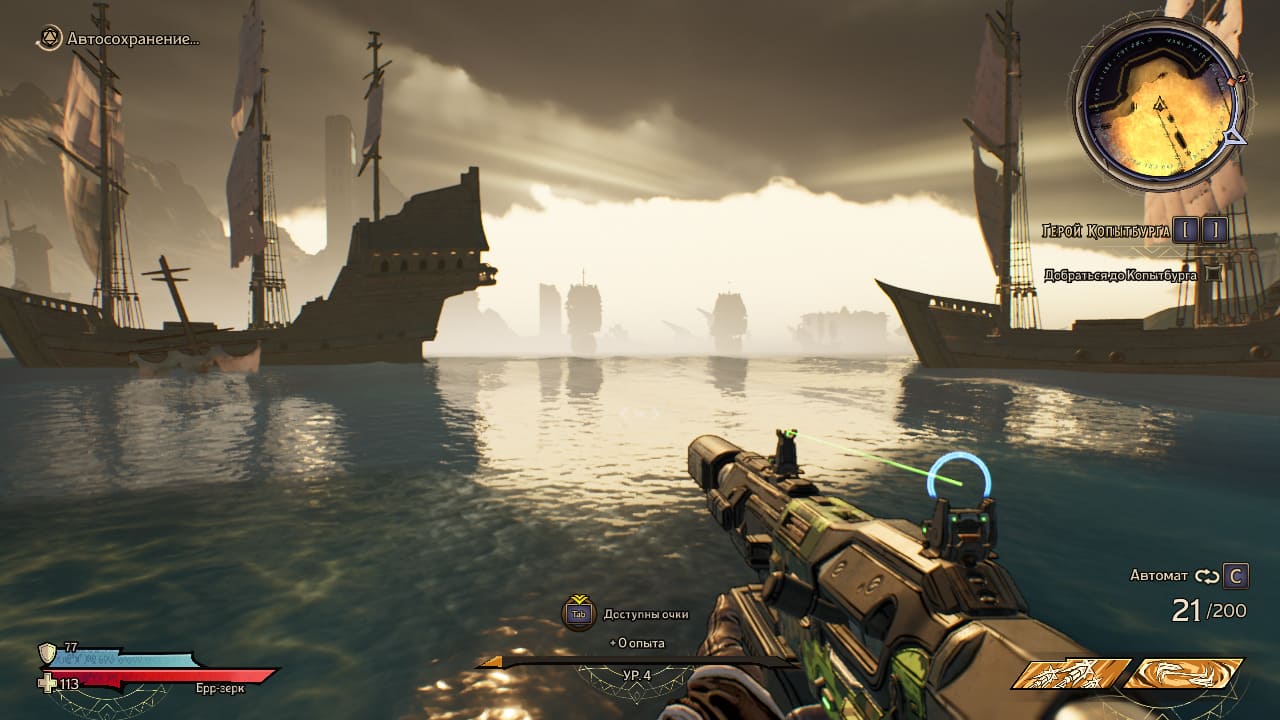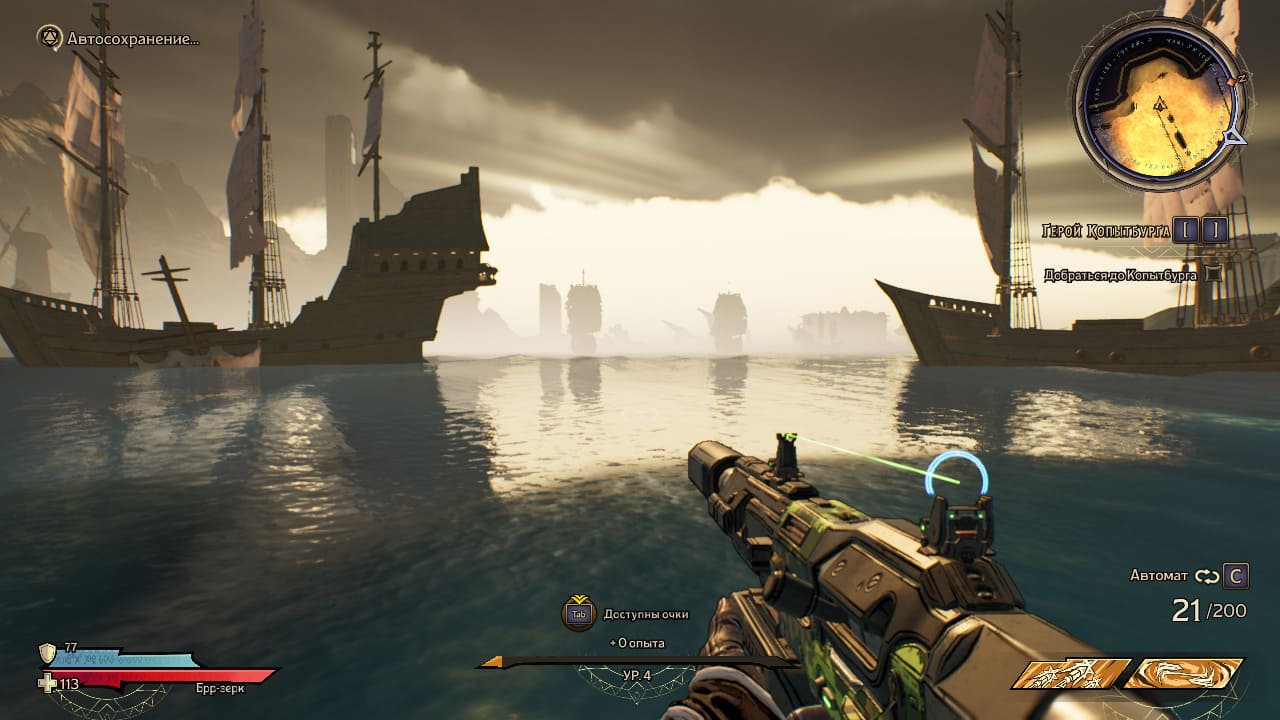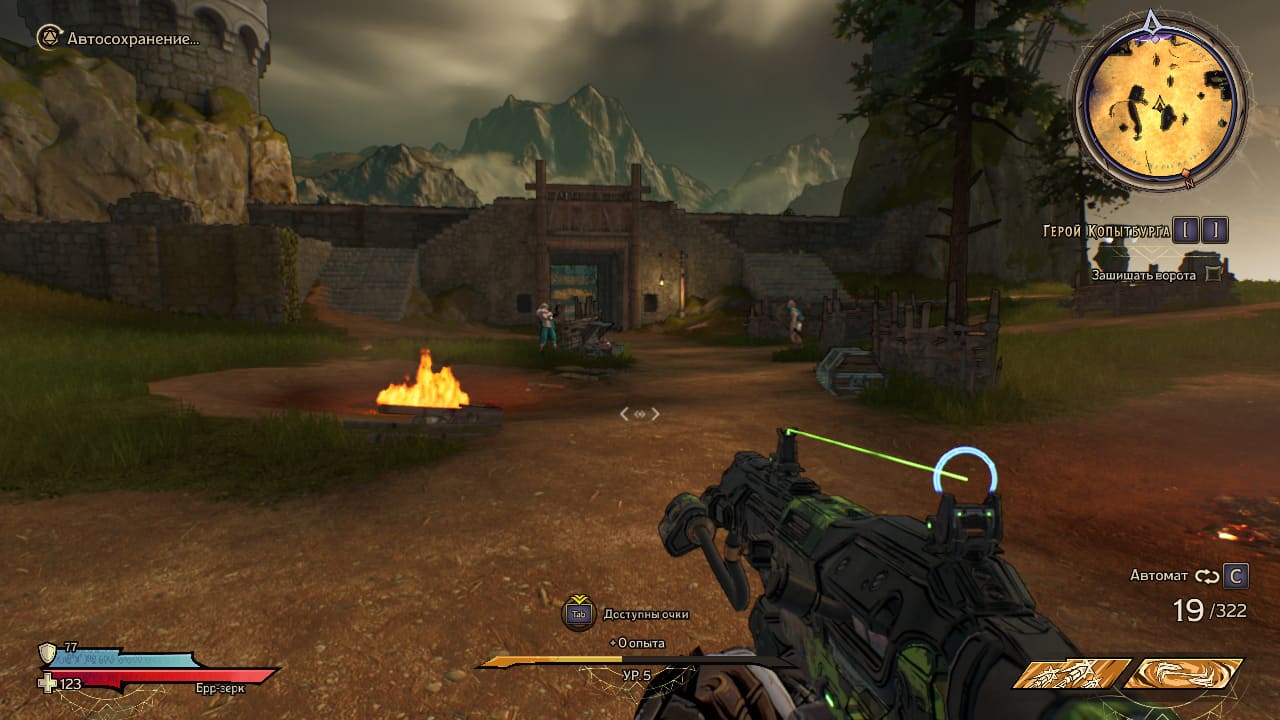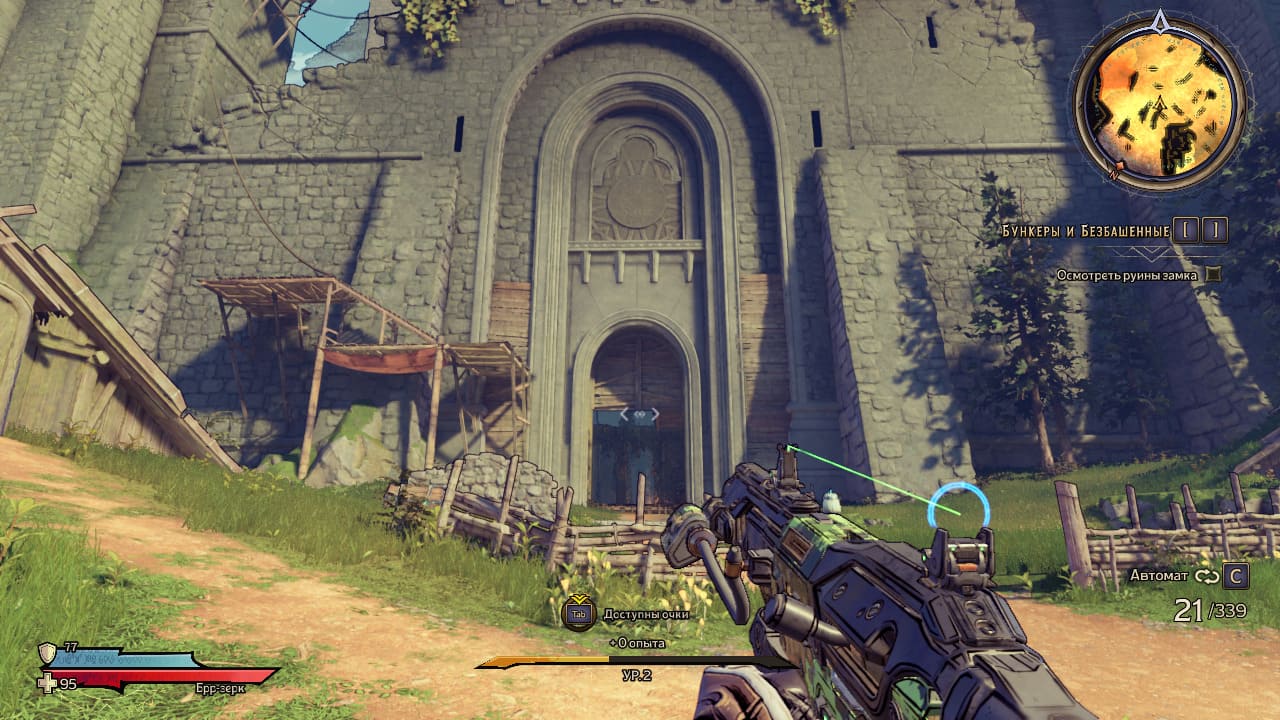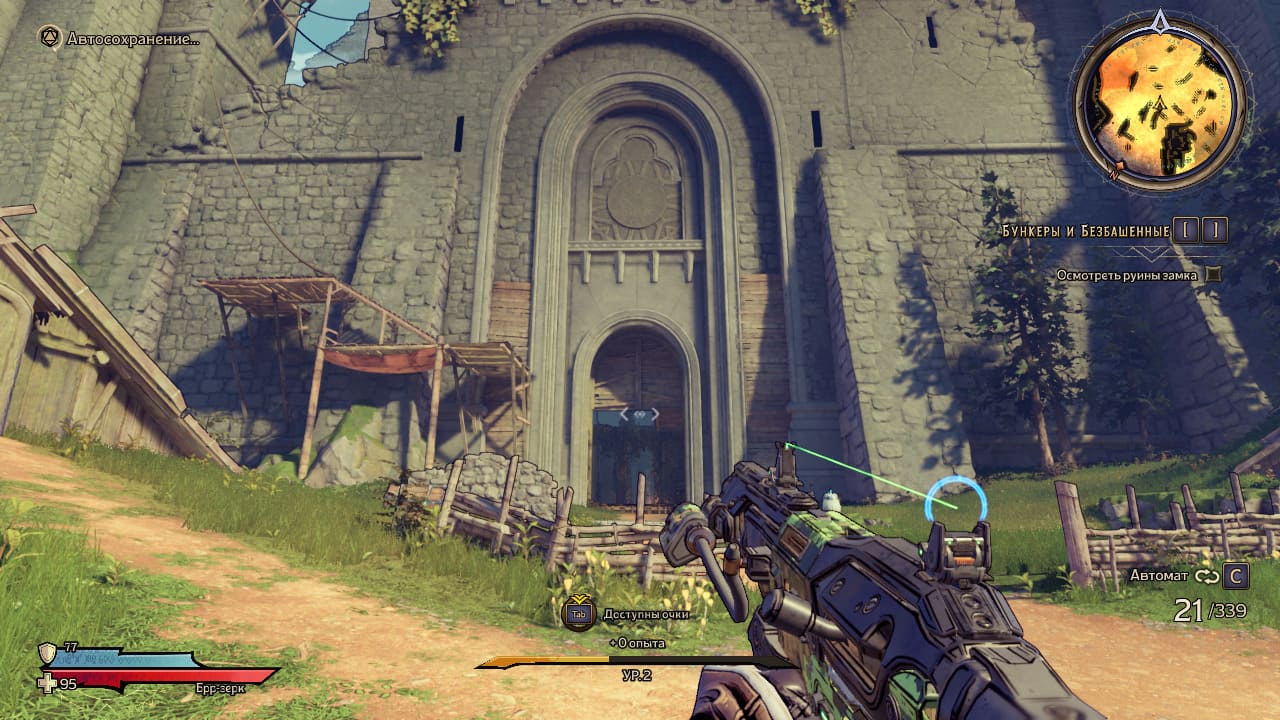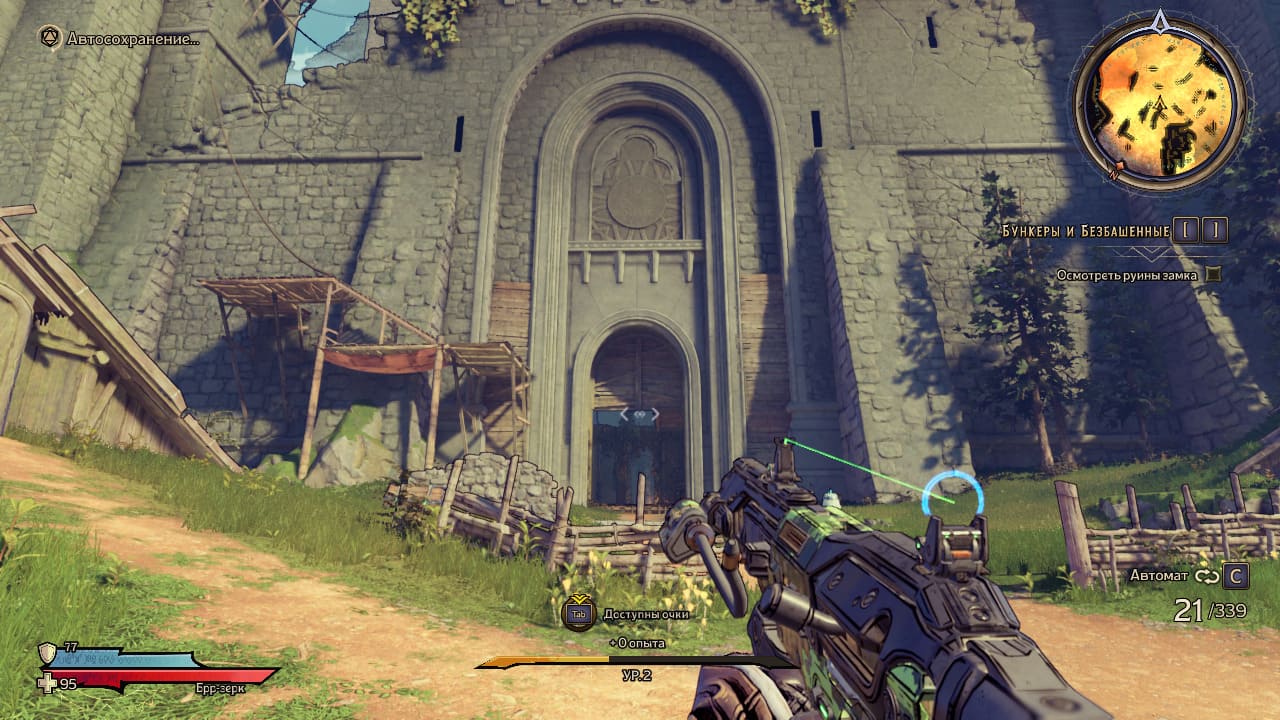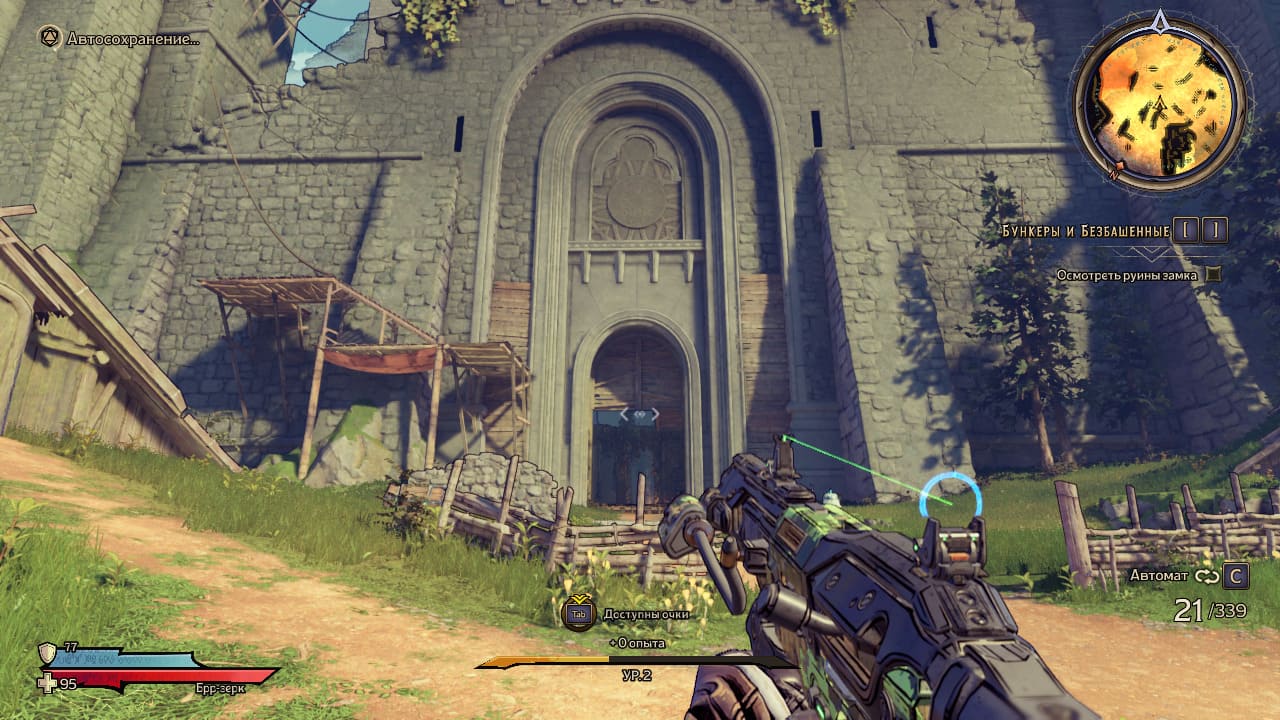Tiny Tina’s Wonderlands- Graphics Settings Comparison
In today's review, we will look at graphic settings. Their impact on picture quality and in-game performance is Tiny Tina's Wonderlands, a spin-off of the Borderlands series that takes place during a board game played by the erratic heroine Tiny Tina.
Tiny Tinas Wonderlands has over a dozen graphic settings available so you can tweak your FPS and get the right balance of performance and visual quality. Unfortunately, Wonderlands does not support settings such as Nvidia DLSS or AMD FSR to greatly improve performance. Below is an estimate of the impact on performance, as well as the impact on the visual component of the game.
Consider important graphic settings and their impact on the picture.
Smoothing. There are two anti-aliasing methods available here, namely FXAA and TAA. FXAA (which refers to lower graphics quality presets) looks less blurry than TAA, but exhibits more jagged edges and flickering. FXAA only gives a gain of 1 frame, so there is no significant difference in performance.
Texture streaming. In this item, you can choose between: "Low", "Medium", "High" and "Ultra". What is this parameter for? It sets the speed at which game textures are loaded during gameplay. Higher quality will render textures faster at the intended level of detail. There was no difference in FPS between Ultra and Medium settings here, so feel free to leave the setting on high. If you want maximum performance, you can try lowering it, but don't expect a performance increase of more than 1-2%. This item has little effect on the visual component of the picture.
Material quality. The parameter has 4 modes - "Low", "Medium", "High" and "Ultra". The first parameter that gives a significant increase in FPS. Due to the fact that the game has a comic-like visual style, you will only be able to notice additional details related to the drawing of various objects in high resolution. A higher quality level will display materials with fine detail to improve their visual quality. A low value is best for budget PCs. Switching from "Ultra" to "Medium" provided a performance boost of 13%. The visual difference is minimal.
Anisotropic filtering. The parameter has 5 modes - 2X, 4X, 8X, 16X and "Trilinear". Five years ago, anisotropic filtering could seriously degrade the gameplay and reduce the frame rate. However, in recent years, video cards and game engines have learned to work with it just fine. Therefore, you can safely leave the maximum value of 16x without sacrificing the picture. Lowering the setting resulted in only one bonus frame. The effect is most noticeable when viewed from a distance.
Shadows. In this item, you can choose between: "Low", "Medium", "High" and "Ultra". The parameter is responsible for several items: cascade processing, resolution, shadow direction and draw distance. Due to a stylistic feature, it makes no sense to set the shadows to "Ultra" in this game. In Tiny Tina's Wonderland, going from "Ultra" to "Low" resulted in roughly 18-21% FPS gains. If you want pure performance, set shadows to "Low". If you want to add some depth to the environment, choose Medium.
render distance. In this item, you can choose between: "Small", "Normal", "Large" and "Ultra". This parameter determines how many chunks the game renders at a time. In Wonderland, the battlefields are huge, so you shouldn't set this parameter to "Small". "Normal" provides the best balance of visuals and performance by adding 5% to performance without major visual loss.
Detail density. In this item, you can choose between: "Low", "Normal", "High" and "Ultra". The parameter affects the number of objects and environmental elements that you notice in the game world. The setting does not load the GPU. Switching from "Ultra" to "Medium" only added an additional 1 FPS.
Relief. The parameter has 4 modes - "Low", "Medium", "High" and "Ultra". It is possible that this option uses either some light post-processing effect or tessellation. Since the difference in this setting is as difficult as possible to notice, and the performance practically does not change at all.
Vegetation. Has 4 modes - "Low", "Medium", "High" and "Ultra". The parameter is responsible for the distance and density of "green". In Wonderlands, this parameter is especially important. Quality degradation may be noticeable in certain open locations. Switching from "Ultra" to "Medium" added 8%.
Volumetric fog. In this item, you can choose between: "Low", "Medium", "High" and "Ultra". How much this option consumes resources... And this despite the fact that there is no normal fog effect in Tiny Tina's Wonderland. There was a place only for a light haze in the locations. Going from "Ultra" to "Medium" added as much as 50%-50%! – and, frankly, the picture did not get worse. There is no point in reducing the parameter further, since “Low” gave exactly the same result, and the density of the fog decreased slightly.
Reflections in screen space. Has 4 modes - "Off", "Medium", "High" and "Ultra". There are no reflections in the game - there is only the radiance of surfaces. Surprisingly, switching from Ultra to Medium added only 1 frame.
Character detail. In this item, you can choose between: "Low", "Medium", "High" and "Ultra". This setting determines the distance at which character models switch from low resolution to the high resolution you see up close. The transition looks smooth. In the game, it almost never happens when a large number of characters are far away. Therefore, the option is not enough to eat resources. Switching from "Ultra" to "Medium" only added an additional 1 FPS.
Volumetric lighting. It has 5 modes - "Off", "Low", "Medium", "High" and "Ultra". The parameter has an inaccurate translation. The fact is that the lighting in the game can not be adjusted in any way. This option rather affects the total number of shadows in various recesses and at the joints. And the load is low. Setting it to Medium adds 1 frame, and turning it off completely adds 2 frames.
So let's summarize. Tiny Tina's Wonderlands turned out to be a good spin-off, with great humor and interesting innovations. Wonderlands managed to freshen up a series that has been in stagnation for a long time.
Graphically, the game has not changed much. The last Borderlands game was badly optimized, and it's the same story with Wonderlands. So we are waiting for the developers to release a patch.
The most demanding graphical setting in Tiny Tina's Wonderland is Volumetric Fog, which has an FPS cost of 27,04%. The next Material Quality is 16,51% FPS, followed by Vegetation at 10,91% and Screen Space Reflections at 10,15%





